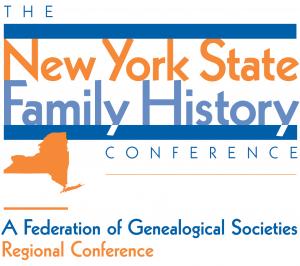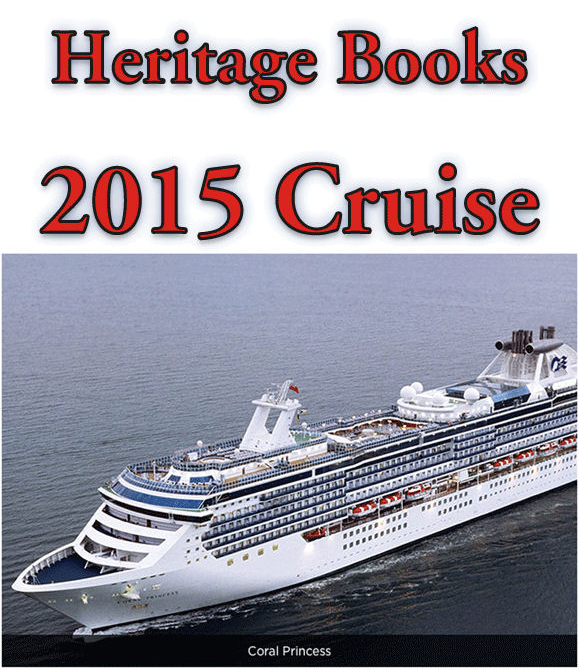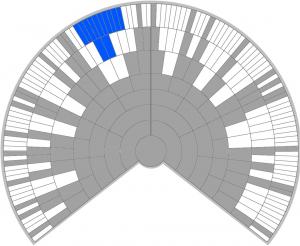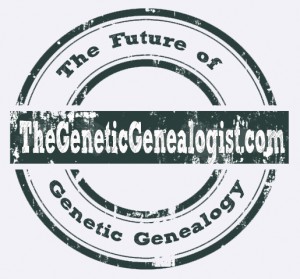As you might recall, a few months ago I sent out a call (“Collecting Sharing Information for Known Relationships“) for information about the amount of DNA shared by people having a known genealogical relationship. I was hoping to get a better picture of the ranges of the amount of DNA shared by people in these relationships (through about the third cousin range). The incredibly generous genetic genealogy community responded by submitting data bout more than 6,000 relationships!
I posted information a few weeks ago (“Collecting Sharing Information for Known Relationships – Part II“), but today I have an update.
This data is shared under a Attribution-NonCommercial-ShareAlike CC license. You are free to share and use the information for non-commercial purposes, as long as you give proper attribution and release anything you create under the same license.


 [Read on to learn how you could win THREE hours of FREE consultation and research from me for registering in this course before March 21st!]
[Read on to learn how you could win THREE hours of FREE consultation and research from me for registering in this course before March 21st!]